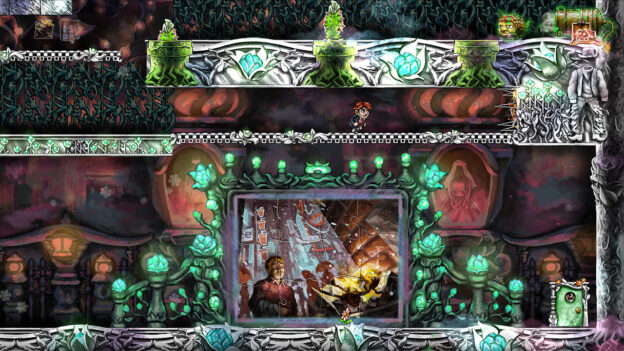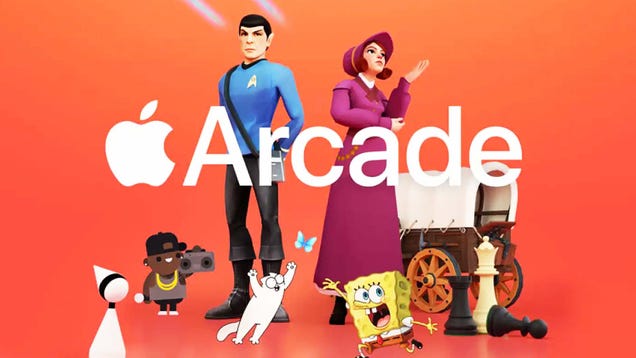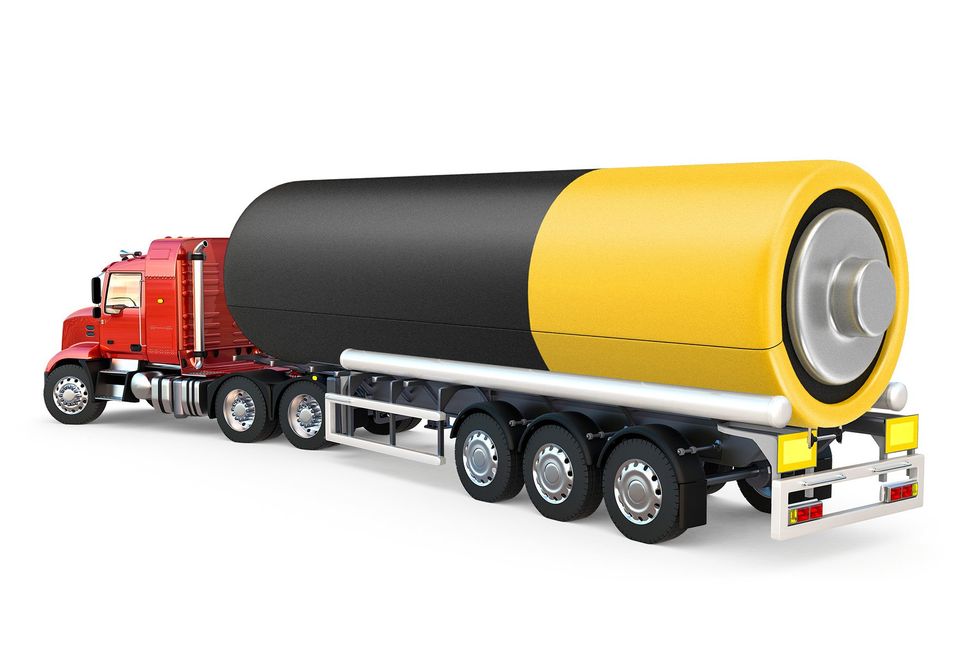Fantastic Fest Unveils Partnership With Day Of The Devs!
Fantastic Fest has announced an exciting partnership with Day of the Devs. From September 20 to 22, 2024, Fantastic Games: Presented by Day of the Devs will be hosted by Fantastic Fest!
Fantastic Fest, the largest genre film festival in the U.S. specializing in horror, fantasy, sci-fi, and action, will partner with Day of the Devs, a non-profit that celebrates the creativity, diversity, and magic of video games, to host Fantastic Games: Presented by Day of the Devs. The partnership will feature many exciting video game showcases from September 20 to 22, 2024.

Fantastic Games: Presented by Day of the Devs is a video game showcase that will be taking place during the 9th edition of Fantastic Fest in Austin, Texas. The showcase will feature 12 horror games the attendees can play, with some being playable for the first time. Fans of the exciting festival and horror games can purchase various badges now to access the festival and the video game showcase!
Game developers interested in submitting their games for consideration to be part of the Day of the Devs showcase will have until today, August 5th, to apply through this form. Developers from diverse backgrounds are encouraged to apply, but only games or projects in the horror, fantasy, sci-fi, and action genres will be considered to fit this year’s Carnival themes.
As the attendees enjoy the Fantastic Fest and play games at the Fantastic Games: Presented by Day of the Devs, the event will be sponsored by five gaming brands. The sponsorships included are:
- Blumhouse Games – Releasing Fear The Spotlight later this year.
- Devolver – Released the Hotline Miami series, Katana ZERO, Human Fall Flat, and many more.
- Double Fine – Released the Psychonauts series, Headlander, Grim Fandango Remaster, and many more.
- Iam8bit – Selling physical copies of games that are digital only such as The Stanley Parable: Ultra Deluxe, Neon White, Bomb Rush Cyberfunk, and many more.
- Raw Fury – Released Regions of Ruin, Blue Prince, Zet Zillions, and many more.





Are you looking forward to the Fantastic Fest and Fantastic Games Presented by Day of the Devs? If so, be sure to keep up to date with the Fantastic Fest and purchase your badges by visiting the website!












